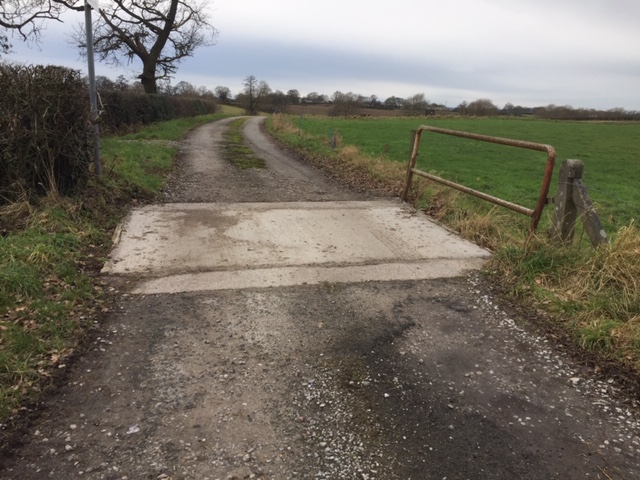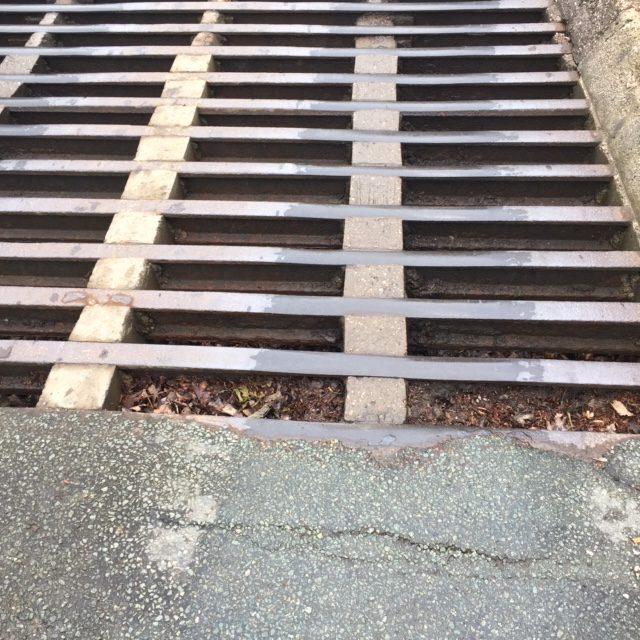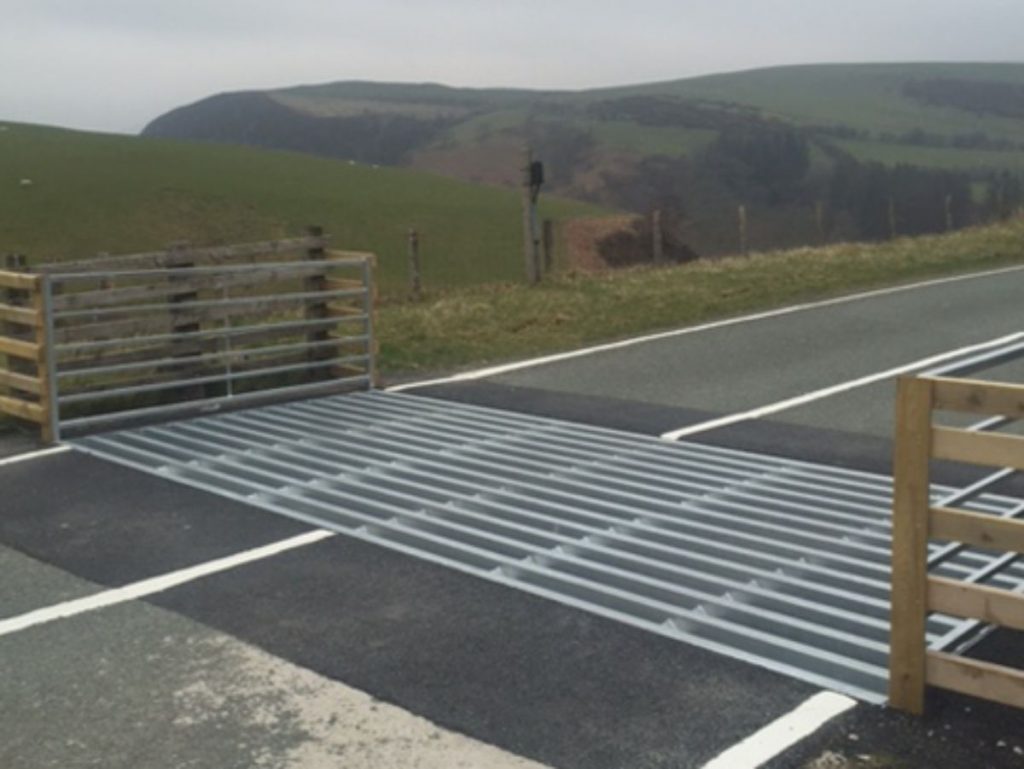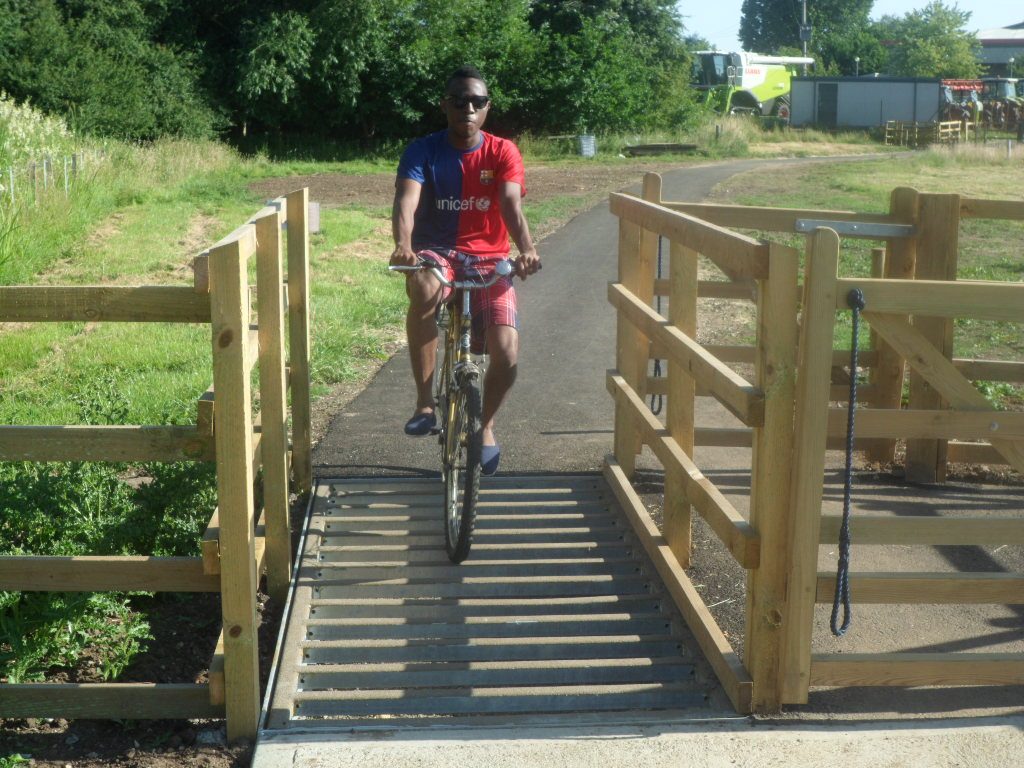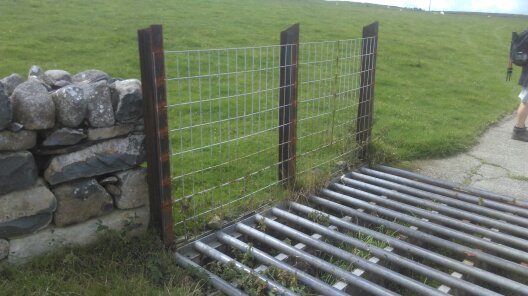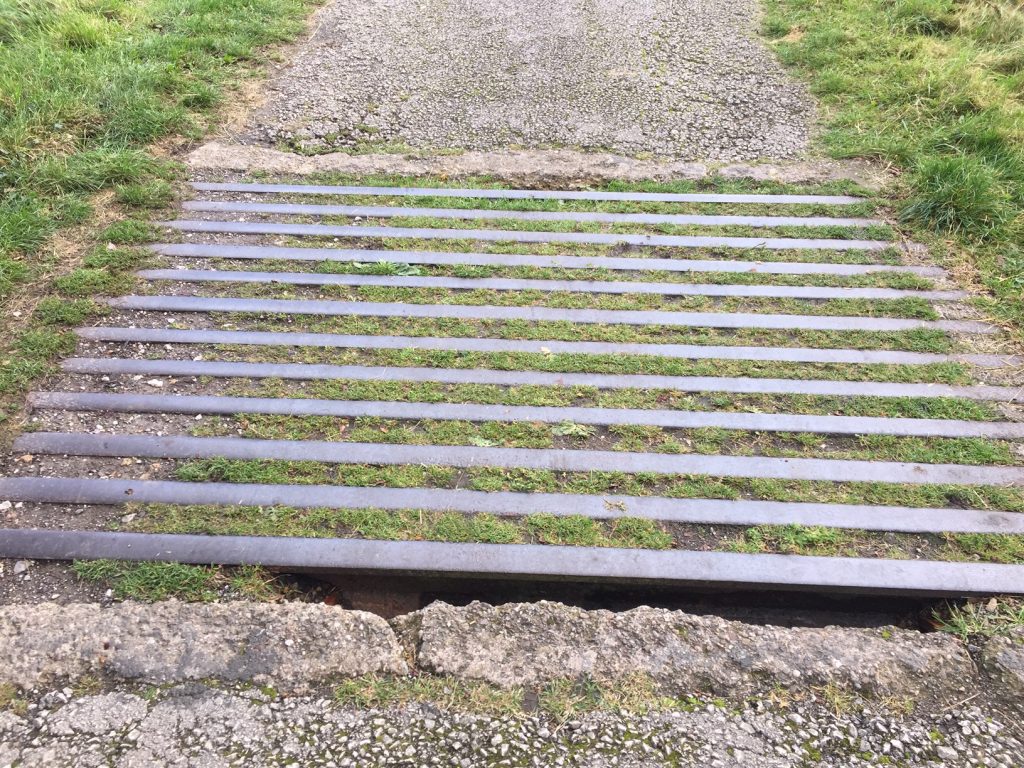
Once a Cattle Grid is no longer required a conscious decision should be made about its future. Left to rot is can present a serious danger to track users. Corroded bars can twist upwards when vehicles pass over it damaging this or any further vehicles which may pass.
Many are left to silt up.
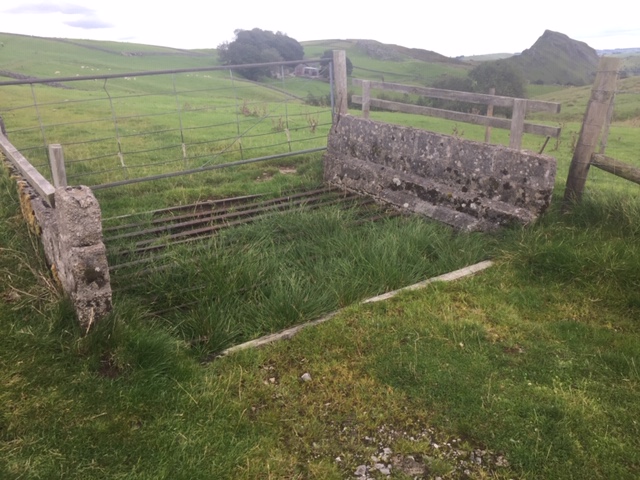
The most satisfactory (safest) way is to remove the steel grid an fill the pit with suitable material.
Ensure the base has the capacity to carry the load now imposed through the fill when before this may have been carried by the enclosing walls
This excellent example installed on an INEOS site is to fill in with mass concrete allowing almost any vehicle safe passage
